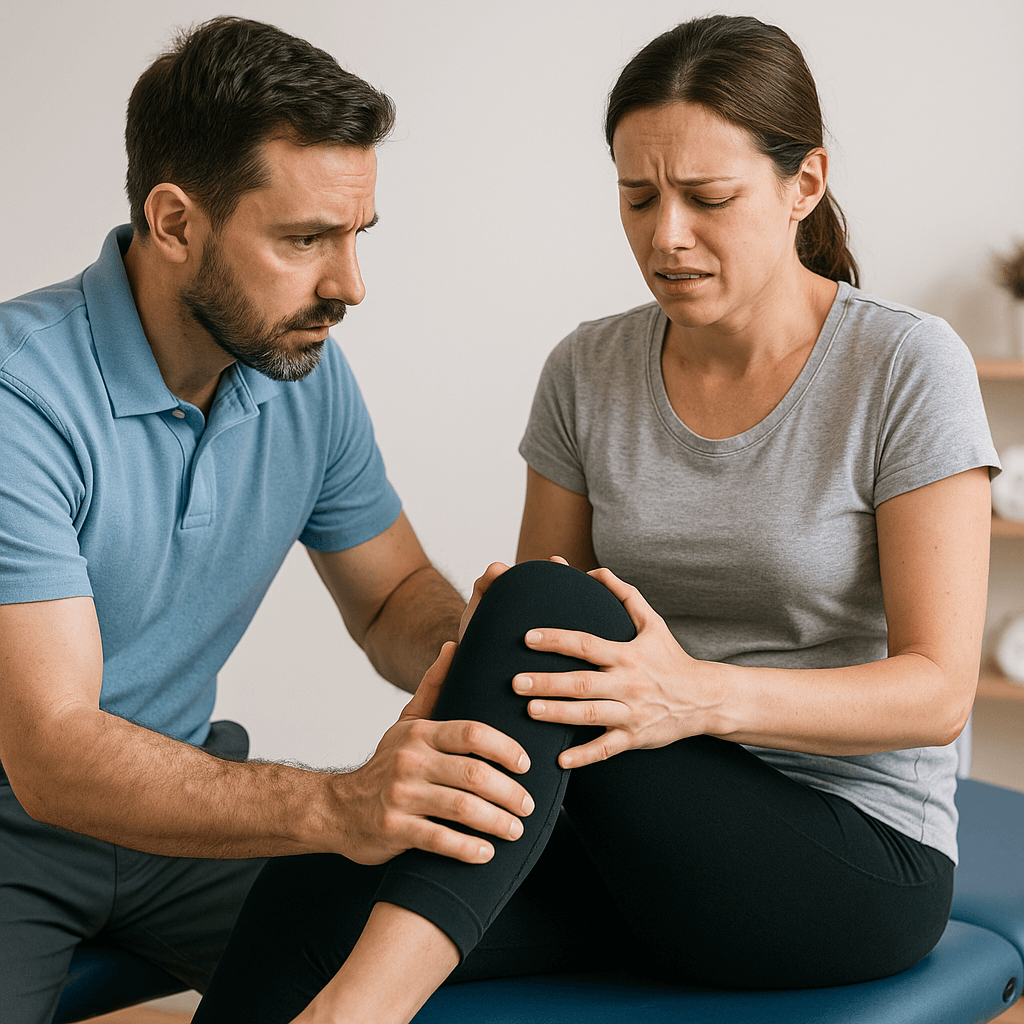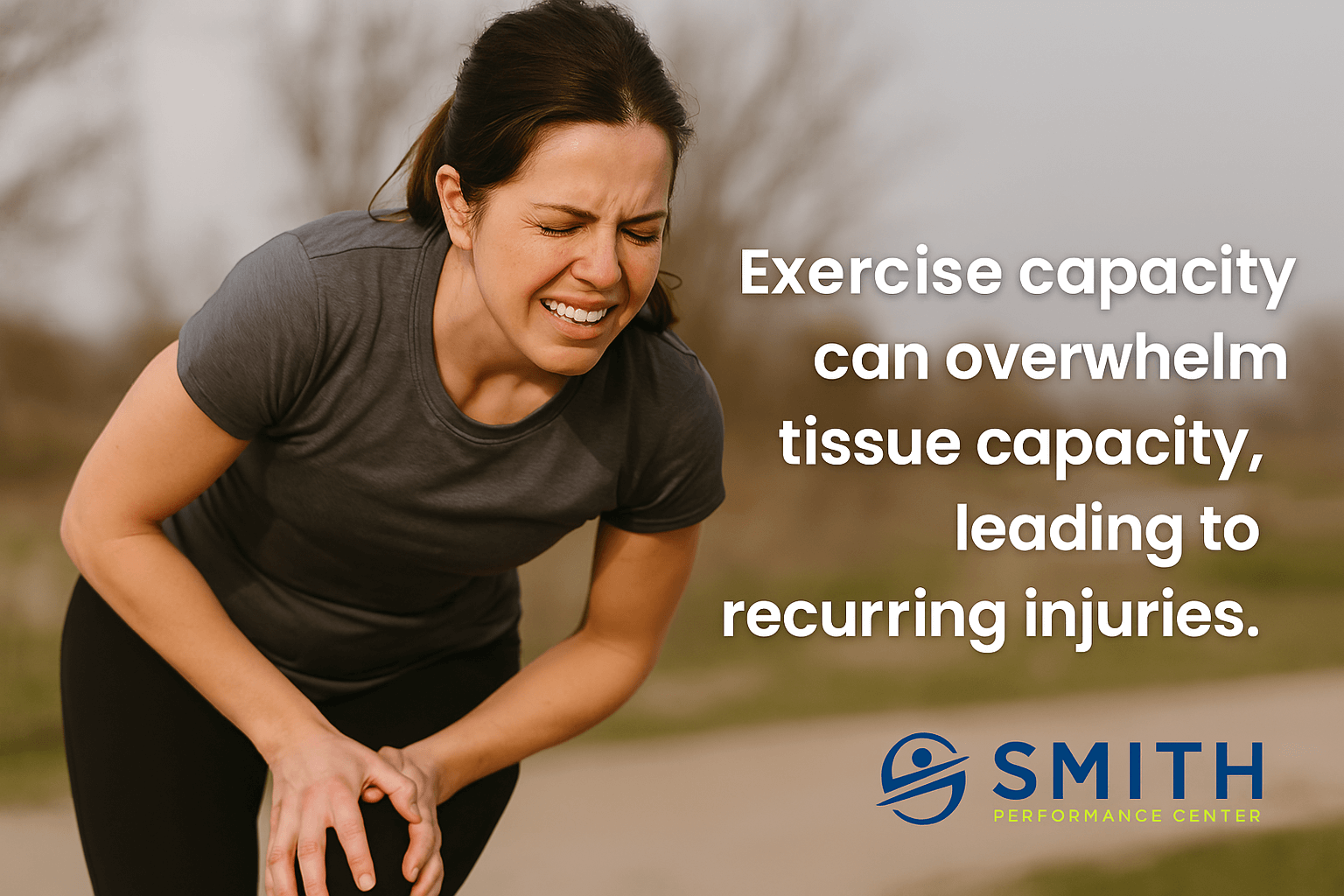Smith Performance Center Blog
Your Trusted Physical Therapy and Strength Training Blog for Injury Rehab and Pain Management
Welcome to the physical therapy blog from Smith Performance Center—your source for expert guidance on injury recovery, pain management, strength training, and sustainable health habits. Whether you’re managing chronic pain, recovering from surgery, or building long-term fitness, our team shares actionable strategies backed by clinical experience and real-world success. Stay up to date with new posts on rehab phases, movement progression, exercise programming, and the science behind making healthcare work for you.

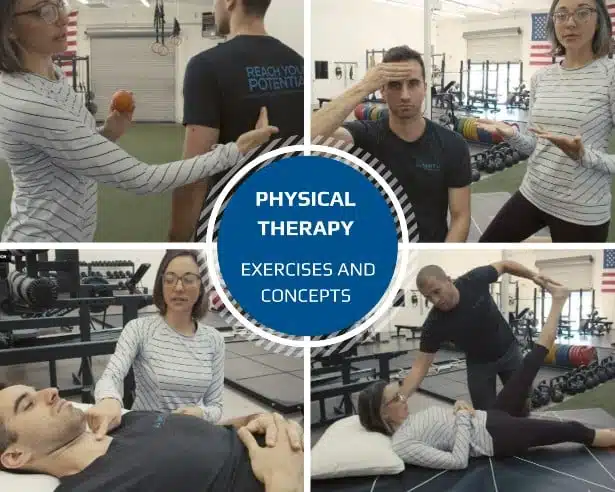
Physical Therapy Exercises
At Smith Performance Center, physical therapy exercises are used to maximize healing, build resiliency, reduce pain, and correct abnormal motor patterns. We do not use an endless array of exercises that would take an hour or two every day. We understand more than one to two exercises mean compliance, and performance plummets. Our team wanted to put up common exercises we use to help you remember the form. We have it broken up by body part and there is some cross-over, so you may see the same exercise in a few different categories. Let us know if you have any questions. Spine Chin Tuck Exercise Isometric Activation Exercise Self Massage for the Upper Trap Self Massage for Posterior Shoulder Suitcase Carry
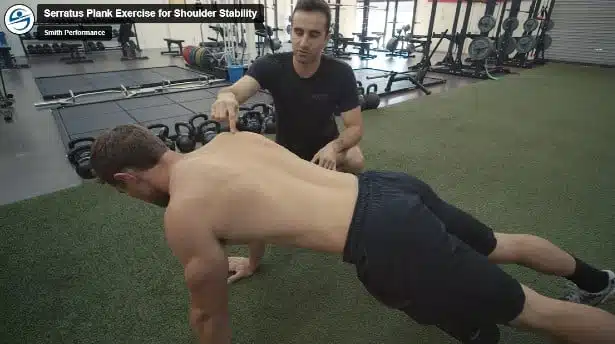
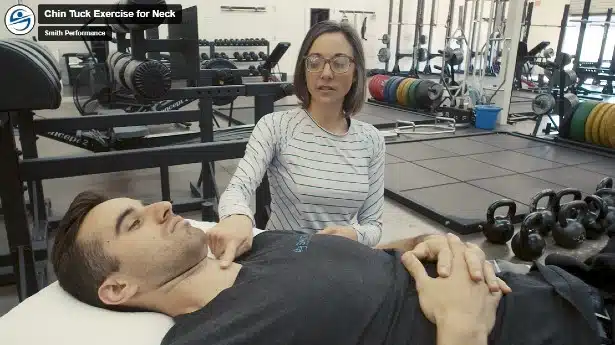
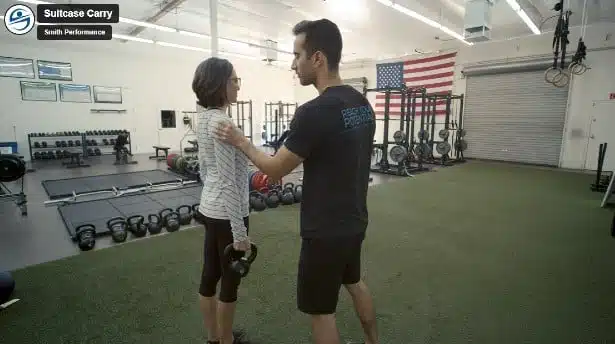
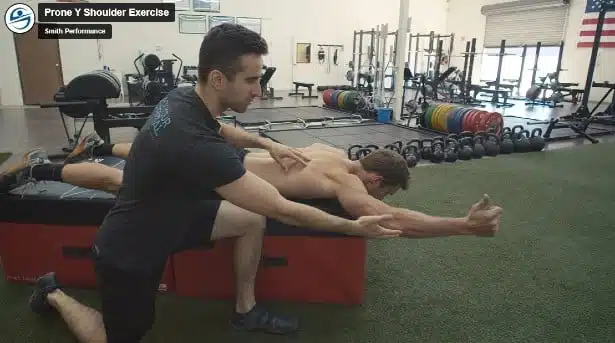


Physical Therapy Exercises
At Smith Performance Center, physical therapy exercises are used to maximize healing, build resiliency, reduce pain, and correct abnormal motor patterns. We do not use an endless array of exercises that would take an hour or two every day. We understand more than one to two exercises mean compliance, and performance plummets. Our team wanted to put up common exercises we use to help you remember the form. We have it broken up by body part and there is some cross-over, so you may see the same exercise in a few different categories. Let us know if you have any questions. Spine Chin Tuck Exercise Isometric Activation Exercise Self Massage for the Upper Trap Self Massage for Posterior Shoulder Suitcase Carry







